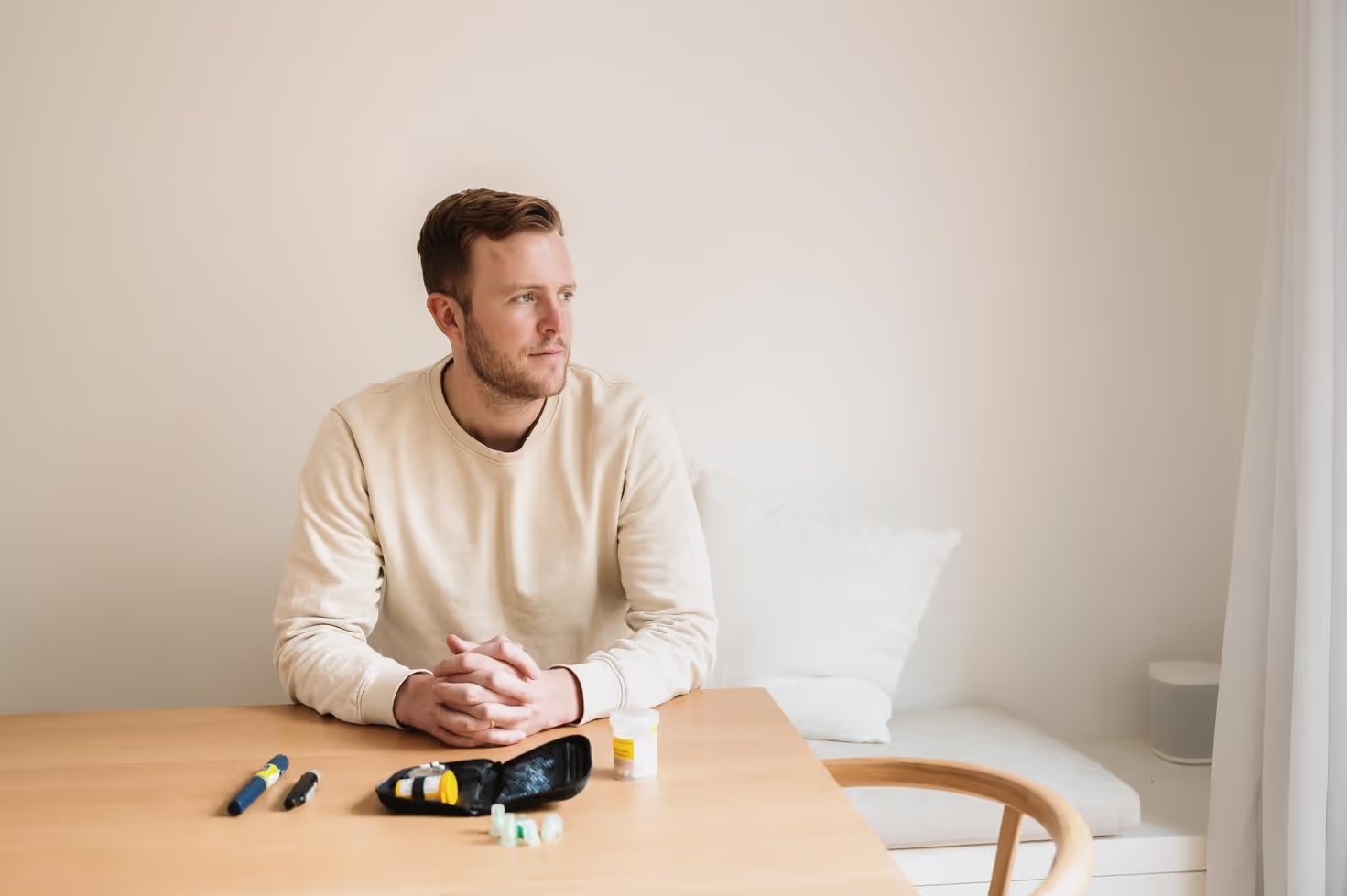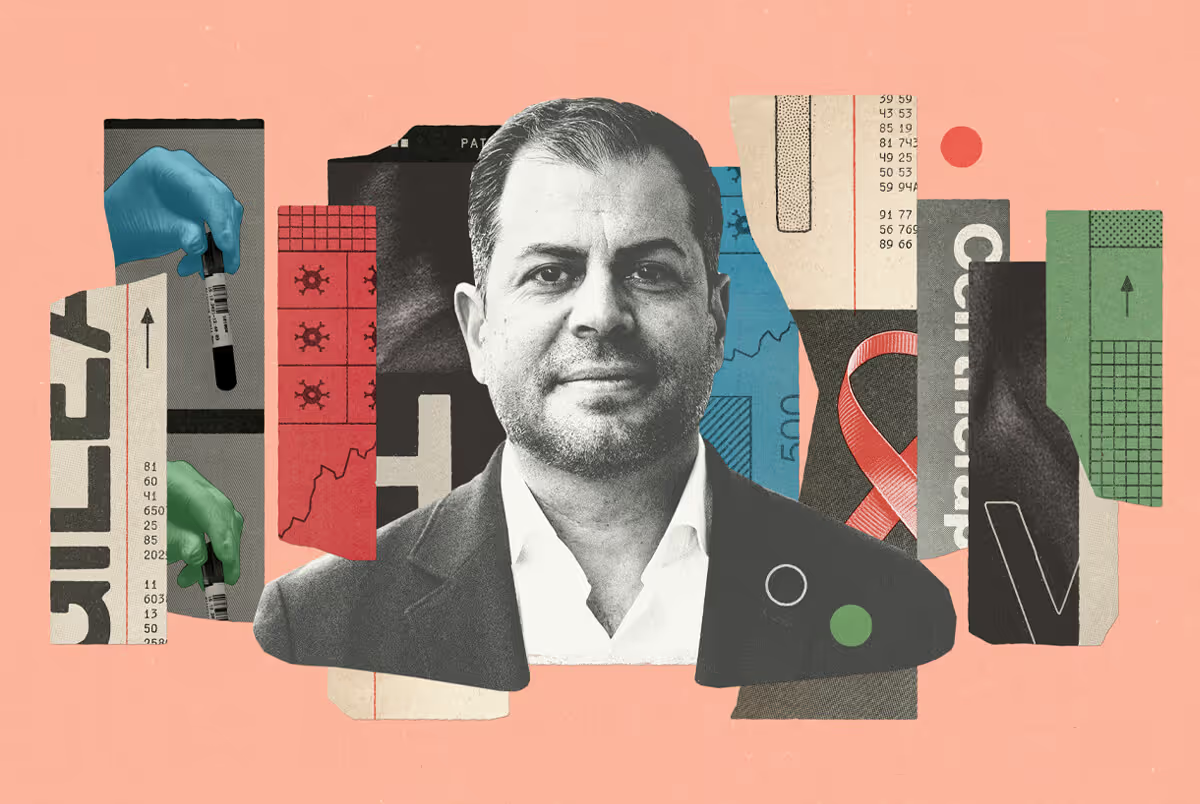“During the pandemic I found myself between houses, so I took the opportunity to head out to Canmore, figuring I could work remote and spend some time in the mountains. Make the best of it.
I was spending my time hiking, taking in the mountain air, just being outdoors as much as I could. So when I started losing weight, at first it seemed natural and welcome. But then the weight just kept coming off. And I was thirsty all the time. I would wake up in the middle of the night so thirsty I couldn’t even swallow.
“After the diagnosis, my brain went immediately to food. I was thinking I’d never get to have pizza with my friends again, that I’d be eating cauliflower rice for the rest of my life.”
At this point in the tale, anyone who knows anything about diabetes usually figures out where the story is headed. I came back home, worryingly skinny, and went to a walk-in clinic. My blood sugar was through the roof. LADA, they called it. Latent autoimmune diabetes of adults. It’s basically type 1 diabetes that shows up later in life.

After the diagnosis, my brain went immediately to food. I was thinking I’d never get to have pizza with my friends again, that I’d be eating cauliflower rice for the rest of my life. Of course, neither of those things is true, but the truly hard parts of this condition took longer for me to understand. Like simply the idea of suddenly being a chronic patient at the age of 30. Or the unforeseen barriers to accessing effective care.
I was sitting there with test results saying I was extremely diabetic, untreated, and staring down the barrel of diabetic ketoacidosis, which can be fatal. And yet I was told I needed to wait two months to see an endocrinologist who could prescribe me insulin. It was at that point that I realized that the work of dealing with this condition was going to be on my own shoulders. The system wasn’t going to do it for me.
And it’s not just me. There are millions of Canadians living with #diabetes, contending with the huge burden of work this condition can entail. But it doesn’t have to be this way. Why should we have to stand in line every week to get insulin when we live in a world where any kind of food you can imagine can be delivered to your door at the click of a button?
Someone needs to make things easier for people with diabetes. I figure it might as well be me.”
To learn more about Endor Health, visit endorhealth.com.


%20(1).jpg)






